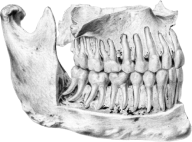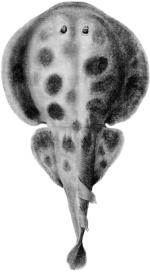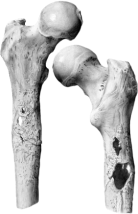
Section of front cover of 'Nature’s Memory: Behind the Scenes at the World’s Natural History Museums' by Jack Ashby
Nature’s Memory: Book Launch
1st May 2025
18:30–20:30
£10

Nature's Memory: Behind the Scenes at the World's Natural History Museums by Jack Ashby
Attendees are invited to visit the Hunterian Museum from 5-6:30pm before the talk starts
Far less than 1% of all collections are on display in the world’s natural history museums, and they consistently top the polls for the most popular tourist attractions. Yet we don’t often stop to think about what they tell us about our world, how crucial they might yet be to saving life on earth, or their role in honestly reframing social histories. What is the science is being done behind the scenes? What is chosen for display and why? Who collected it? What has been left out? Can they tell us new stories for the 21st century?
This is the first book to explore both the scientific and social relevance of the world’s natural history museums while offering an illuminating insider’s guide to visiting them. Along the way, there are many surprises, such as Dippy isn’t what you think. He/she is made up of bones from at least of six different dinosaurs and has the wrong head. In fact, we don’t actually know for sure what a Diplodocus head really looks like (this surprised the author too).

Jack Ashby is the assistant director of the University Museum of Zoology, Cambridge, an honorary research fellow in the Department of Science and Technology Studies at University College London, a longstanding trustee of the Natural Sciences Collections Association (the UK’s professional body for museums with natural history collections), and the president of the Society for the History of Natural History. He is the author of Platypus Matters: The Extraordinary Story of Australian Mammals and Animal Kingdom: A Natural History in 100 Objects, and winner of the Zoological Society of London’s award for communicating zoology. His zoological focus is the mammals of Australia, but his work more broadly explores the biases influencing how nature is presented.


